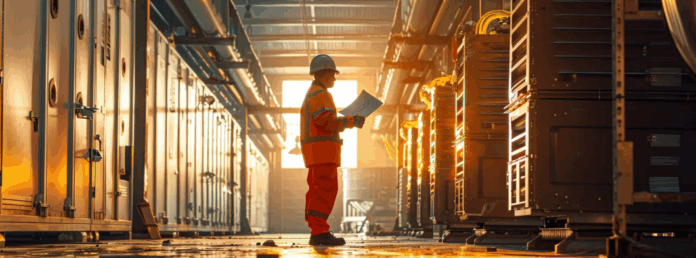In various industrial settings, maintaining the proper temperature for processes is crucial for both quality and efficiency. Plate coolers are essential components that assist in this by transferring heat between two fluids without mixing them. Opting for a used plate cooler can provide numerous advantages, particularly in terms of cost-effectiveness and sustainability. In this article, we detail why a used plate cooler could be a wise choice for your industrial cooling needs.
Understanding the Benefits of Used Plate Coolers for Industrial Efficiency
Used plate coolers are not only a budget-friendly solution but also offer immediate availability, which can be a game-changer for many factories and facilities. Unlike purchasing new equipment, which might involve long lead times, pre-owned plate chillers can be installed and operational in a fraction of the time. This responsiveness is invaluable, especially when dealing with equipment failures or during unexpected expansions of industrial capacity.
The efficiency of plate coolers is renowned due to their high heat transfer coefficients. When choosing a used RECO plate cooler (enfriador de placas RECO usado), industries may harness the same high-level performance at a more accessible price point. Used equipment has already undergone operational tests, providing insight into their performance capabilities and efficiency in real-world applications.
Cost Savings: Maximizing Your Investment With Pre-Owned Equipment
Significant cost savings are one of the most attractive reasons to consider a used plate chiller for industrial applications. Purchasing pre-owned equipment can cut initial investment costs substantially, freeing up capital for other areas of business development or operational enhancements. This financial benefit extends beyond the price tag; it also includes lower depreciation rates for used assets.
A second aspect of cost savings relates to the potential reduction in insurance premiums. Used equipment may carry lower insurance costs since its valuation is less than that of new equipment. This can make a meaningful difference in the overall operational expenses for small to medium-sized enterprises.
Considering potential tax advantages, businesses may also find that used plate chillers provide benefits in terms of investment write-offs or tax breaks. These economic incentives can further offset the initial expenses and contribute to a quicker return on investment.
Improving Quality and Reliability in Used Plate Coolers
When purchasing used plate chillers, the quality and reliability of the equipment are paramount. It’s critical to source from established vendors that have a reputation for thoroughly inspecting and reconditioning pre-owned machinery. These vendors typically run diagnostic tests to certify the performance standards and ensure that any component requiring repair or replacement is addressed.
Reliability also stems from the availability of service records and previous usage history that a reputable supplier can often provide. This transparency enables buyers to assess the condition and maintenance level of the equipment, which helps predict the chiller’s longevity and future upkeep needs.
Many industrial sectors depend on the uninterrupted operation of their cooling systems. Durable and well-maintained used plate chillers can offer the resilience necessary to support continuous, reliable service. With proper installation and servicing, pre-owned chillers can rival new equipment in terms of reliability.
Additionally, some suppliers offer warranties or service agreements for their used equipment, providing an extra layer of assurance for buyers. Trustworthy vendors stand behind their products, signaling confidence in the reconditioned plate chiller they bring to the market.
Overall, the integration of used plate chillers in industrial applications offers an advantageous blend of cost-effectiveness, sustainability, and efficiency. These benefits ensure that businesses not only save on capital expenses but also contribute to environmental stewardship while maintaining quality production standards. Altogether, it’s a win-win for companies aiming to optimize their processes and investments.




